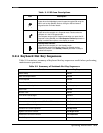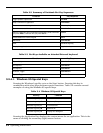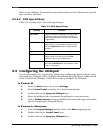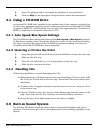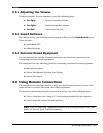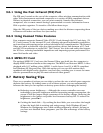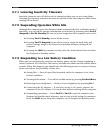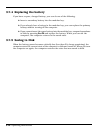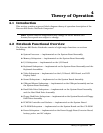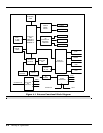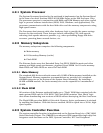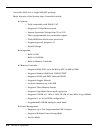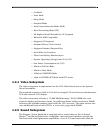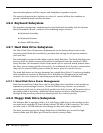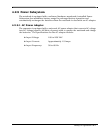
Theory of Operation 4-1
4
Theory of Operation
4.1 Introduction
This section contains a general block diagram theory of operation description of the
Extensa 660 Series Notebook Computers.
Note: Various internal components may change on future models and
busses/bus speeds are subject to change.
4.2 Notebook Functional Overview
The Extensa 660 Series Notebooks consist of eight major functions or sections
including:
♦ System Processor — implemented on the System Board Assembly
♦ Memory Subsystem — implemented on the System Board Assembly
♦ I/O Subsystem — implemented on the I/O Board
♦ Keyboard Subsystem — implemented on the System Board Assembly and the
Keyboard Assemblies
♦ Video Subsystem — implemented on the I/O Board, LED Board, and LCD
Display Panel
♦ Sound Subsystem — implemented on the System Board Assembly.
♦ Glidepad Mouse Subsystem — implemented on the Glidepad assembly and on
the System Board Assembly
♦ Hard Disk Drive Subsystem — implemented on the System Board Assembly
and the Hard Disk Drive Assembly
♦ Floppy Disk Drive Subsystem — implemented on the System Board and Floppy
Disk Drive Assembly
♦ PCMCIA Controller and Sockets — implemented on the System Board
♦ CD-ROM Subsystem — implemented on the System Board and the CD-ROM
♦ Power Subsystem — implemented on the Power Supply Board, Inverter Board,
battery packs, and AC adapter



